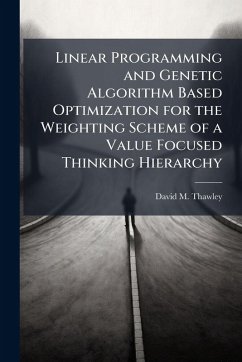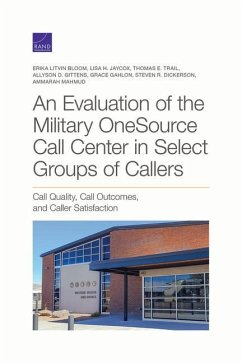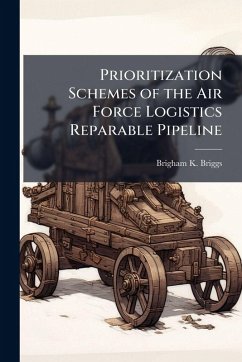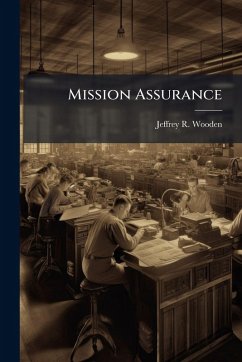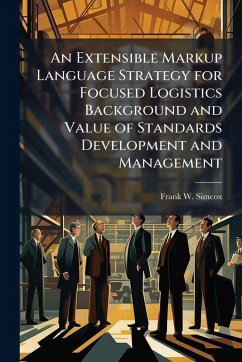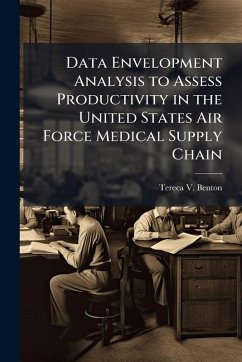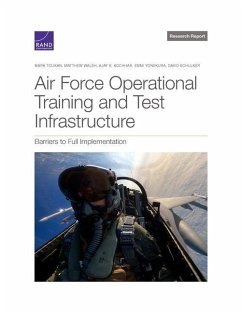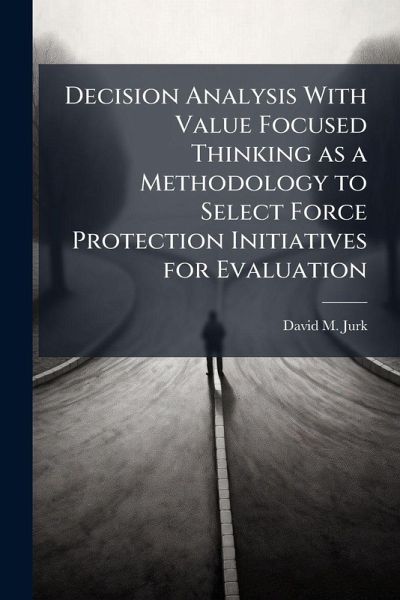
Decision Analysis With Value Focused Thinking as a Methodology to Select Force Protection Initiatives for Evaluation

PAYBACK Punkte
10 °P sammeln!
Emphasis on homeland defense is high. Decision makers responsible for enhancing the protection of both military and civilian personnel require additional insight when selecting ideas, concepts, or technologies to pursue with constrained resources. They are faced with multiple criteria and multiple objectives; yet they have no defensible, objective, and repeatable selection process to assist them in making their decisions. This thesis explores whether the value- focused thinking (VFT) process is appropriate for providing the necessary insight to those decision makers. To prove the VFT process i...
Emphasis on homeland defense is high. Decision makers responsible for enhancing the protection of both military and civilian personnel require additional insight when selecting ideas, concepts, or technologies to pursue with constrained resources. They are faced with multiple criteria and multiple objectives; yet they have no defensible, objective, and repeatable selection process to assist them in making their decisions. This thesis explores whether the value- focused thinking (VFT) process is appropriate for providing the necessary insight to those decision makers. To prove the VFT process is appropriate and viable; this thesis focuses on constructing a value model, scoring alternatives, and analyzing the results for a focus case -- the Air Force Force Protection Battlelab (FPB). The FPB evaluates the worth of innovative force protection ideas and concepts.The results from the focus case prove that through the VFT process, decision makers are able to make objective decisions regarding which innovative force protection ideas contribute the most value to their mission. This work has been selected by scholars as being culturally important, and is part of the knowledge base of civilization as we know it. This work was reproduced from the original artifact, and remains as true to the original work as possible. Therefore, you will see the original copyright references, library stamps (as most of these works have been housed in our most important libraries around the world), and other notations in the work. This work is in the public domain in the United States of America, and possibly other nations. Within the United States, you may freely copy and distribute this work, as no entity (individual or corporate) has a copyright on the body of the work. As a reproduction of a historical artifact, this work may contain missing or blurred pages, poor pictures, errant marks, etc. Scholars believe, and we concur, that this work is important enough to be preserved, reproduced, and made generally available to the public. We appreciate your support of the preservation process, and thank you for being an important part of keeping this knowledge alive and relevant.





